Seabridge Gold’s model for responsible exploration, mining, and Indigenous engagement
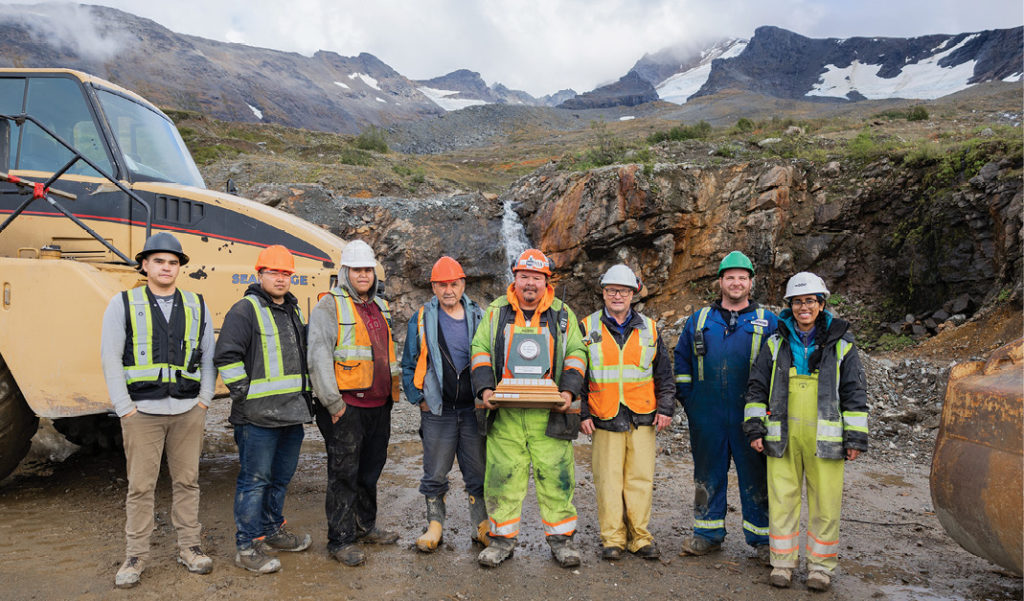
Having spent most of my career in mining, I firmly believe that our industry has a fundamental responsibility to mitigate the impacts of our activities and create a positive, enduring legacy in the regions where we operate.
In recent years, the environmental impact of mining has been under greater scrutiny, including scrutiny for future mines, current operating mines and particularly in relation to abandoned mine sites. As we focus our current efforts to act as responsible miners, we must not overlook the repercussions of past practices. Our industry has an obligation to address the environmental damage left behind by these abandoned sites and proactively reclaim and restore these areas. Not only is it the right thing to do, but it also clearly demonstrates our unwavering commitment to sustainable practices, environmental stewardship and the well-being of the regions we operate in. By addressing our industry’s past, we have a unique opportunity to shape the future perception of our industry and inspire positive change.
About Iskut project
One example of this is the voluntary reclamation work Seabridge Gold, through its 100% owned subsidiary SnipGold Corp., is doing at the Johnny Mountain mine (JMM), part of the Iskut project.
Located approximately 110 km northwest of Stewart, B.C., within Tahltan Territory, the Iskut project is a gold exploration project covering 29,436 hectares in the region’s famed Golden Triangle. Given its vast exploration potential Seabridge acquired the project through our acquisition of SnipGold in June 2016, which included the former JMM and Bronson Slope gold-copper deposit. The acquisition was driven by the vast exploration potential and project’s proximity to the KSM project. Seabridge’s KSM project is the world’s largest undeveloped gold and third-largest undeveloped copper project.
Voluntarily reclamation of Johnny Mountain mine
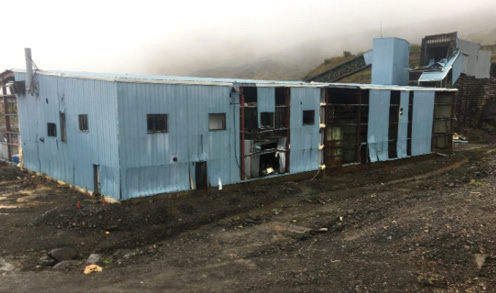
It’s an unfortunate reality that past mining activities have sometimes left behind a legacy of environmental degradation, including disturbed landscapes, abandoned equipment and unfulfilled environmental commitments. JMM was no exception. This remote, fly-in fly-out underground gold mine started commercial production on Nov. 1, 1988, and operated until September 1990. It experienced a brief re-opening from September to November 1993. Sporadic reclamation activities took place from 1999 to 2015, but when Seabridge acquired the project, it was apparent that the site was still burdened by significant reclamation liabilities and unresolved environmental orders from the B.C. Ministry of Environment. JMM’s operation involved numerous companies over the years, leading to a lack of cohesive and focused environmental management strategies. As a result, the mine was never properly closed or reclaimed. The historic infrastructure which remained on the JMM site included a 350-t/d processing plant, a fuel tank farm, an airstrip, 3.5 km of underground workings, an 11.5 hectares tailings impoundment facility, waste rock dumps, abandoned mechanical equipment, and multiple unauthorized landfills.
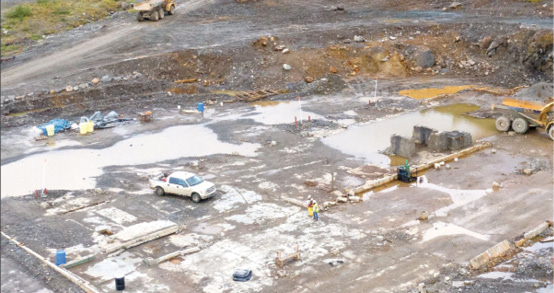
The state of disrepair and incomplete reclamation stands in stark contrast to how Seabridge views responsible mining. Hence, despite the substantial financial commitment, we will voluntarily close and reclaim the former mine site, restoring it to its original tundra habitat, according to the approved closure and reclamation plan.
Fostering partnership with Tahltan Nation
Building relationships with Indigenous partners is essential for responsible resource development and advancing reconciliation. One remarkable aspect of our reclamation efforts is our collaboration with the Tahltan Nation, whose traditional territory encompasses the Iskut project area. Early on we recognized the value of engaging the Tahltan Nation as key partners in the reclamation process. After acquiring the Iskut property, our first step was to inform the Tahltan leadership about the project acquisition, our exploration plans for the site and our commitment to address the reclamation of the JMM site. Leveraging our established relationships with the Tahltan central government (TCG) and the Tahltan lands department through our work at the nearby KSM project, we invited the TCG to work with us on remediation.
We mutually agreed on five objectives for the remediation program:
> Develop a closure scenario that prevents impacts to surface and groundwater resources.
> Restore the natural appearance of the area through recontouring and revegetation of disturbed lands and anthropogenic landforms.
> Ensure that disturbances and re-developed landforms are stable from a long-term geotechnical and geochemical perspective.
> Re-vegetate the site through the development of self-sustaining natural successional processes.
> Develop landforms and vegetative cover that provide stable and productive wildlife habitats for species utilizing the area.
In partnership with the TCG, we established a comprehensive and detailed project execution plan (PEP) that guides the reclamation process, outlines clear expectations and provides details of on-the-ground reclamation activities. TCG is actively involved in the annual review process, where progress is measured, and additional information is added to the project databank and reclamation progress.
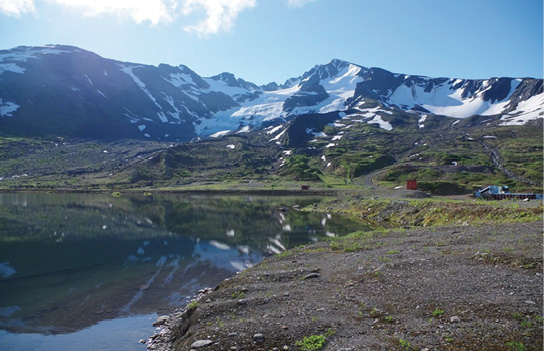
Furthermore, TCG thoroughly reviews and provides input on planned permit applications before they are submitted to regulatory agencies in British Columbia. We have also collaboratively developed a framework for communications, environmental management, employment, and contracting to ensure the Tahltan Nation can continue to exercise its stewardship responsibilities and protect culturally sensitive areas. This includes an opportunity sharing agreement with TCG, which outlines operational expectations, engagement and dispute resolution processes, annual planning, hiring and contract opportunities.
By actively involving the Tahltan Nation in decision-making processes and incorporating their traditional knowledge, we ensure that the reclamation efforts not only meet regulatory standards but also align with Tahltan cultural and environmental values.
Overcoming challenges
Located in a sub-alpine plateau, JMM used to be a remote fly-in fly-out mine, making project entry and transportation of supplies particularly challenging. Additionally, the age and condition of the on-site equipment, which had not been used since the mine’s production 30 years ago, resulted in frequent breakdowns and the need for constant servicing. Recognizing the need to make the most of the brief, snow-free work season, from July to September (eight to 12 weeks), Seabridge decided to purchase some limited new equipment to assist with the reclamation project progress. Thanks to the expertise and dedication of our talented team, we are currently on track to meet our reclamation objectives by the targeted completion year of 2025.
Reclamation activities
Following the reclamation plan’s approval, we assembled a qualified team made up of Seabridge employees and Tahltan contractors. In 2016, in collaboration with Tahltan Nation, we started to implement remediation programs that demonstrate tangible progress in restoring the JMM site to its original pre-mine conditions. Besides a general site clean-up, to date, we have:
> Demolished the mill building
> Conducted multiple dam safety reviews, dam safety inspections and established an independent technical review board, and advanced closure engineering designs of the tailings impoundment facility
> Completed an aquatic characterization study, and detailed groundwater drilling program and site investigation of surface water, groundwater and soil conditions
> Removed hazardous materials including miscellaneous chemicals, batteries, mercury lights, and asbestos from the mill building and sent them offsite to a licensed hazardous waste disposal facility
> Cleaned and dismantled the fuel tank farm comprised of 23 26.500-litre fuel tanks and one 380,000-litre fuel tank which were left at the site
> Initiated on-site in situ hydrocarbon remediation of any hydrocarbon contaminated soils
> Closed and reclaimed three portals and five vent raises associated with the underground mine
> Removed contents from five unauthorized landfills and inert waste from across the site and moved them to the newly approved engineered landfill
> Moved potentially acid generating waste rock from underground portal pads to the tailings management facility to be stored underwater
> Completed detailed environmental monitoring and permit compliance activities
Seabridge is proud of all that the team has accomplished. In 2022 we were grateful and humbled when those efforts were recognized with the prestigious Jake McDonald Annual Mine Reclamation Award, presented by the B.C. Technical and Research Committee on Reclamation.
Economic opportunities for Tahltan Nation
Our partnership with the Tahltan Nation extends beyond our commitment to environmental stewardship; it also prioritizes the creation of economic opportunities. To achieve this, we are working with the Tahltan Nation, Tahltan Nation Development Corp. and Tahltan businesses to engage their labour and services in reclamation efforts. Over 90% of the investments made by Seabridge at the Iskut project to date have been directed toward B.C. contractors, Tahltan employees, and businesses affiliated with the Tahltan Nation. This deliberate approach generates sustainable livelihoods within the Tahltan community, contributes to capacity building in the areas of reclamation and closure, and empowers them to actively participate in shaping the future of their ancestral lands. By nurturing this mutually beneficial relationship, we aim to exemplify how responsible exploration and mining can harmoniously coexist with the preservation of cultural heritage and the overall well-being of Indigenous communities.
Abandoned and former mine sites have strained relationships between the mining industry, local and Indigenous communities. It is our responsibility to adopt responsible exploration and mining practices that align with the values and aspirations of Indigenous and local communities.
The work our industry must do to rectify the mistakes of the past is far from complete. We hope that our JMM reclamation work serves as an inspiration for other mining and exploration companies to responsibly advance projects and take action to address legacy issues while charting a new path forward for our industry. CMJ
Elizabeth Fillatre Miller is vice-president environment and social responsibility (ESR) at Seabridge Gold.

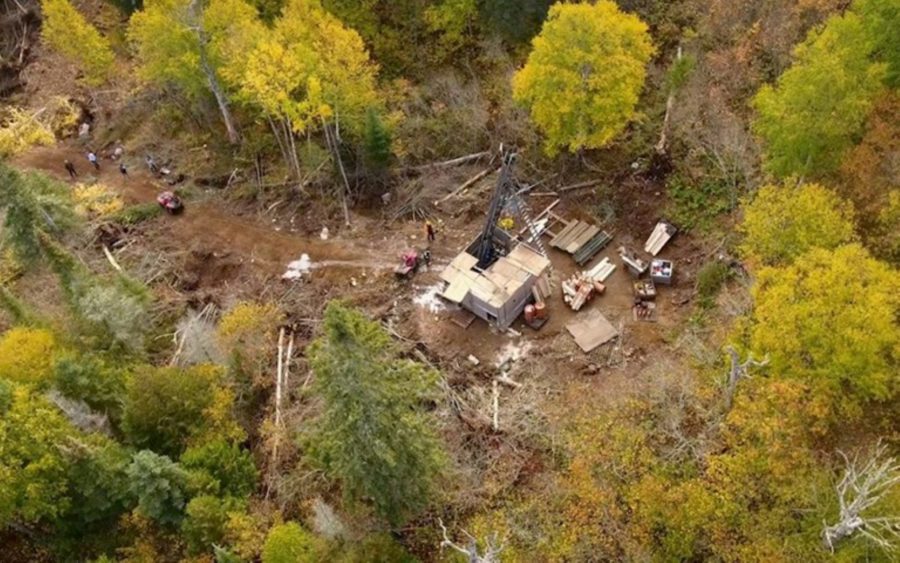

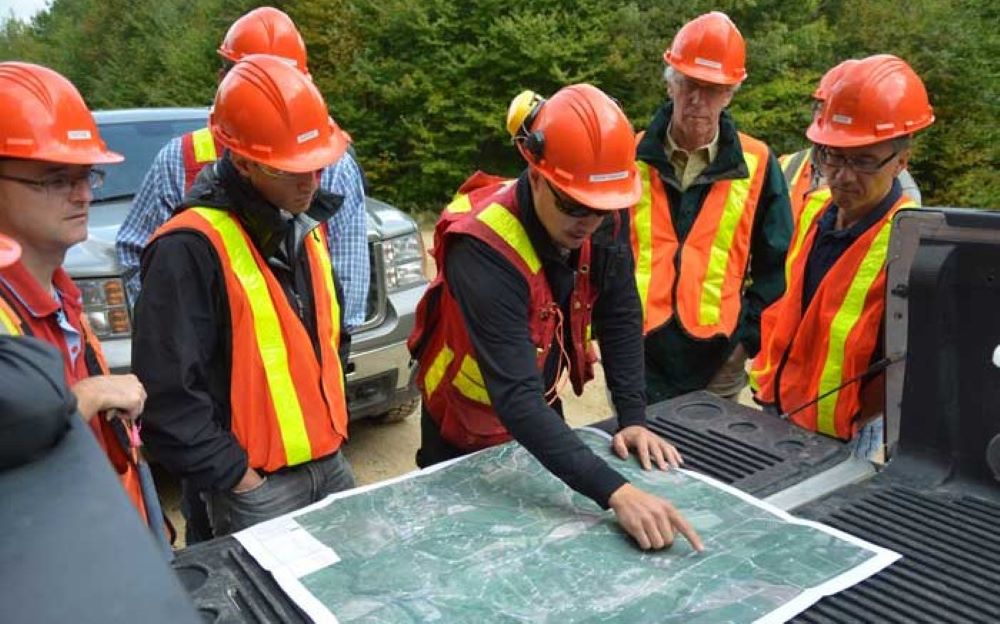

Comments
Dave Brocklebank
I’m curious – how did you get your heavy equipment up to Johnny Mountain, I thought the airstrip was torn up?